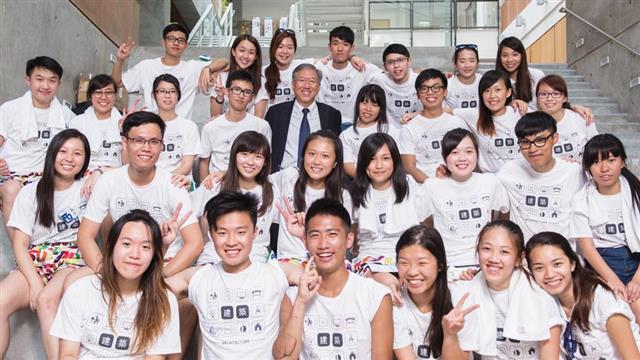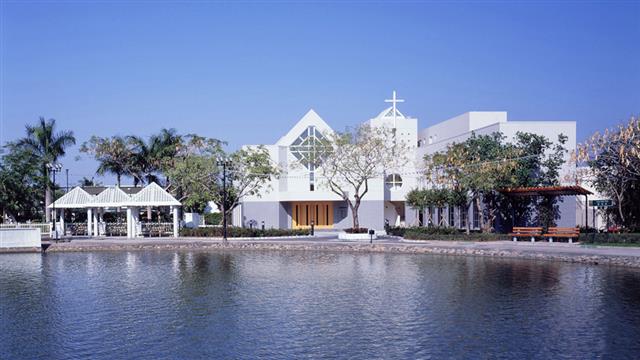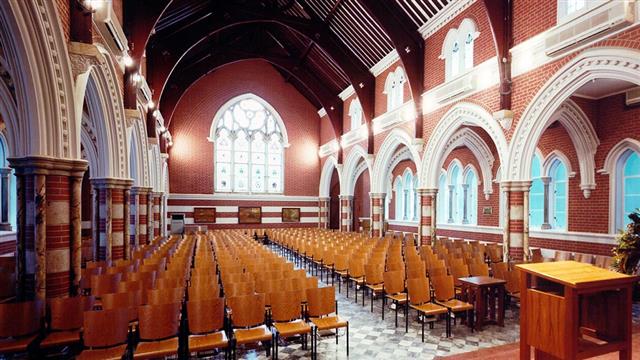Why did you study architecture?
Looking back, I think it must have been preordained. I grew up surrounded by construction and going to building sites, so I suppose it was inevitable. My father was a civil and structural engineer; my mother studied architecture in university during WWII. Even more impressively, my wife's father, grandfather and great-grandfather were all architects and builders.
Was it a coincidence that you undertook two church projects—the Fairview Park Alliance Church and St. Andrew's Church in Tsim Sha Tsui?
I believe it was God's plan for me. Both of them were undertaken before I accepted Christian faith. Fairview Park Alliance Church was built in the community that my late father-in-law developed. They approached me towards the final stages of that residential development. They provided a heart to the community, but it took them over a decade just to get land secured from the government (which first supported, then withdrew support). So, that was an inspiring example of unwavering faith to see it through successfully in the end.
I was introduced to St. Andrew's Church in the mid-1990s, and it is now my family's spiritual home in Hong Kong. I remember going to this century-old building for service for the first time. It was a sweltering day in July and there was no air-conditioning. After the service, my wife enthused over how great the preacher and the sermon were, and my daughters were happy in its Sunday school, so we went back, despite my protests over the heat. At some point the church planned extensive renovation to its heritage building. The then chairman of the Building Committee was Prof. Ho Puay-peng, former director of this school. He recommended me as architect for the job. I figured a way to install the air-conditioning without exposing a single pipe or duct. During the renovation process of the church, I was under renovation too, spiritually. Shortly after the project was finished, I was baptized there.
What's the biggest difference between leading a firm and an academic institution?
For starters, things get done a lot faster in private practice! Though in large part because my senior associates and architectural staff have been with me on average from 15 to over 25 years, so they make it possible for me to be here now at CUHK. I have led my practice in Hong Kong for 28 years. Now for the first time, I have bosses—the Vice-Chancellor, Provost, the Dean. A school of architecture has some obligation in terms of thought leadership. That's one of the biggest challenges and enjoyments of being in a university. I hope to build bridges between our school and the profession, so that it might still be an ivory tower but with many drawbridges.
What are the strengths of the school and how would you build on that?
It's still a relatively young school (founded in 1991), yet it has achieved considerable success in teaching and research, and our graduates have done well in the profession. We have a number of exchange programmes and joint studios with leading overseas schools. For example, this last spring, we had a joint urban design studio with Harvard, my alma mater. The top five per cent of our students are on a par with any from the top schools worldwide—Harvard, Yale, Cambridge, Bartlett School at University College London. Colin Fournier, a visiting professor from the Bartlett, said the best students here are as good as any he's taught in the UK. The challenge is to raise the bar of our median level from good to great, so to speak. Our students are devoted, hardworking, and committed to social agendas.









